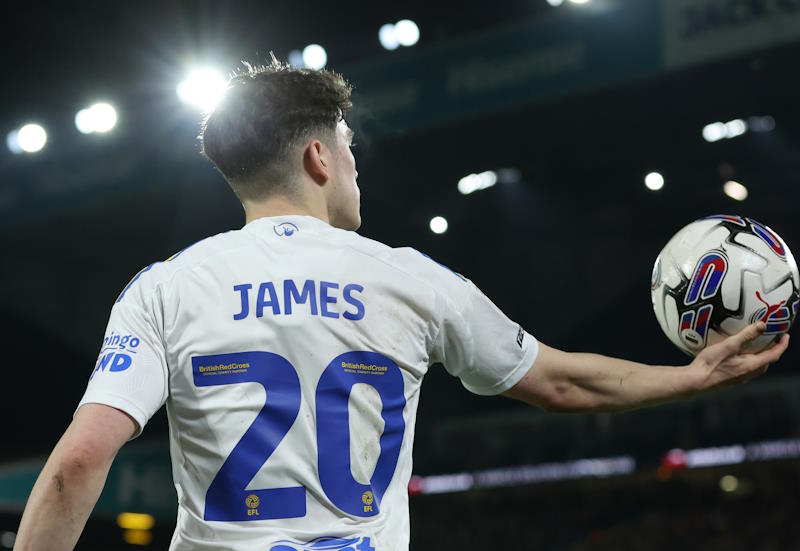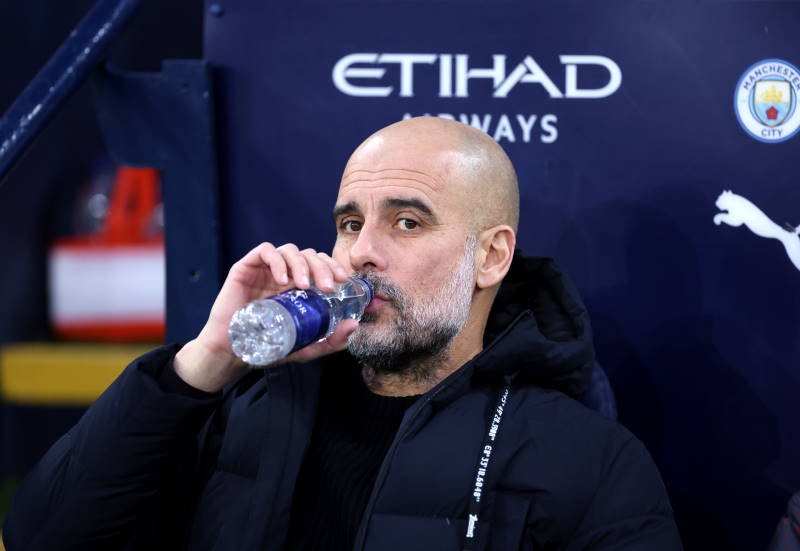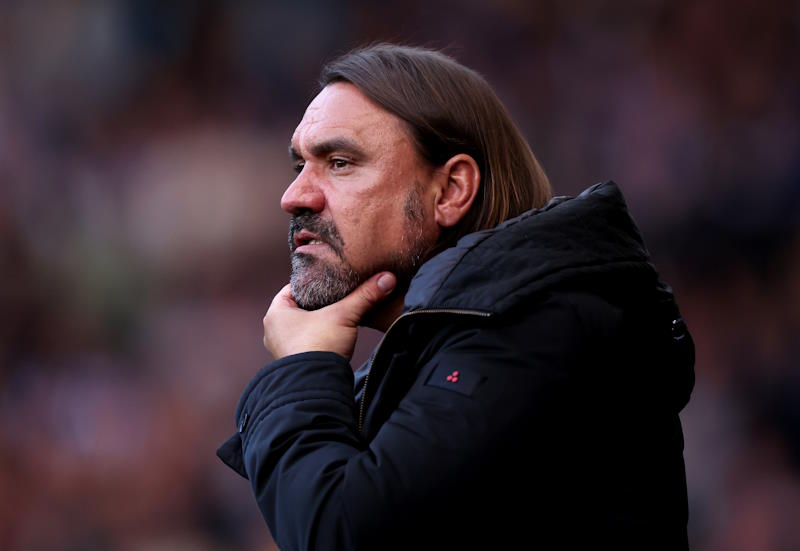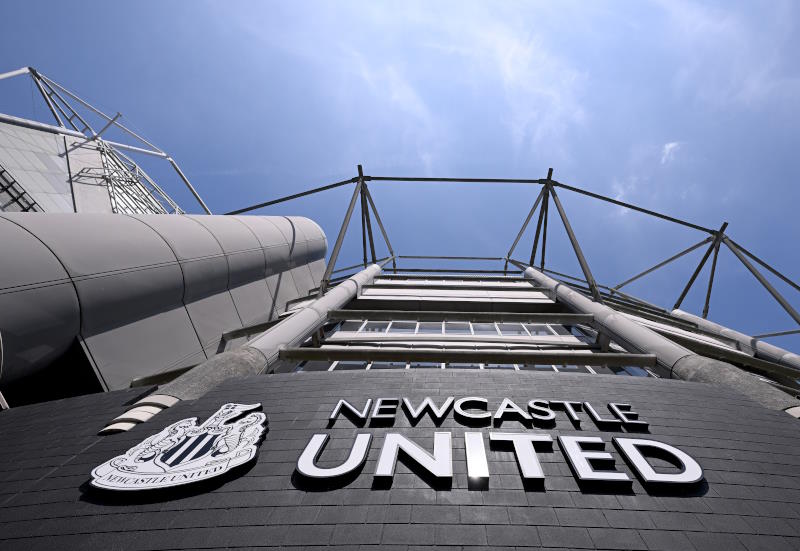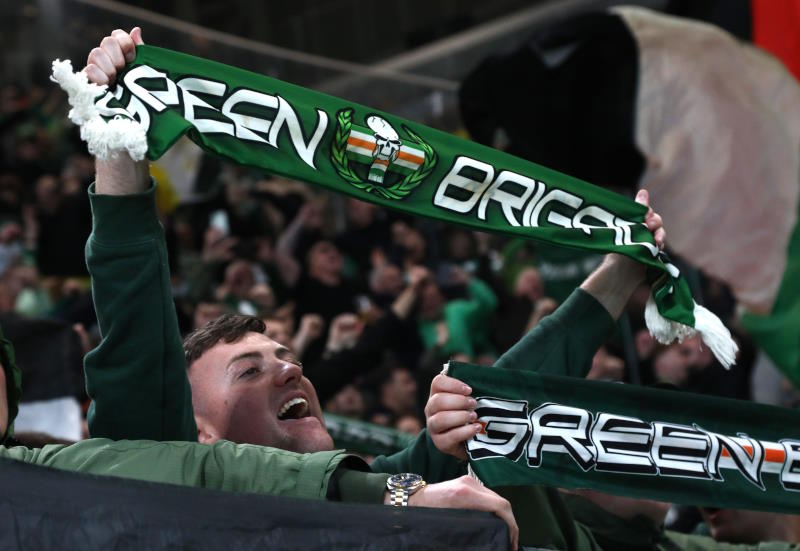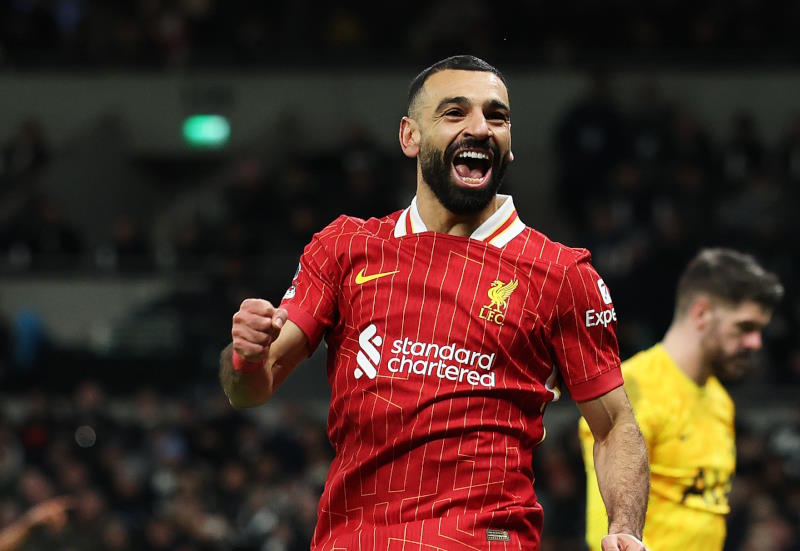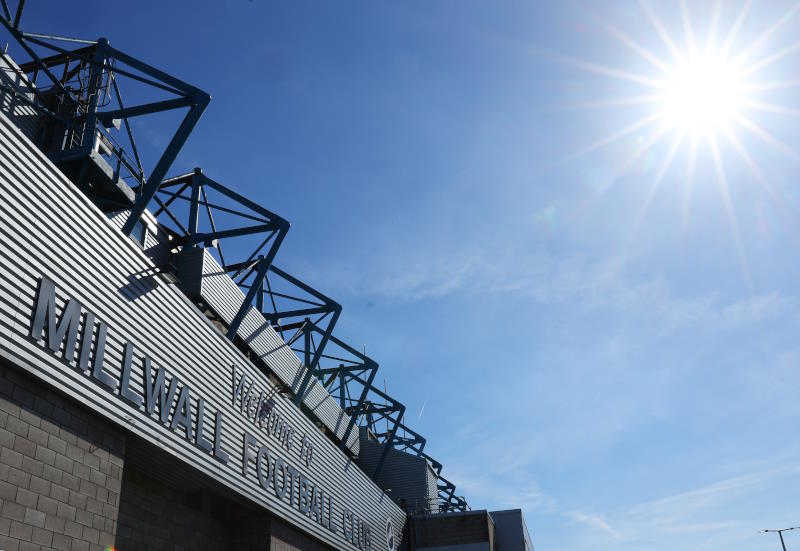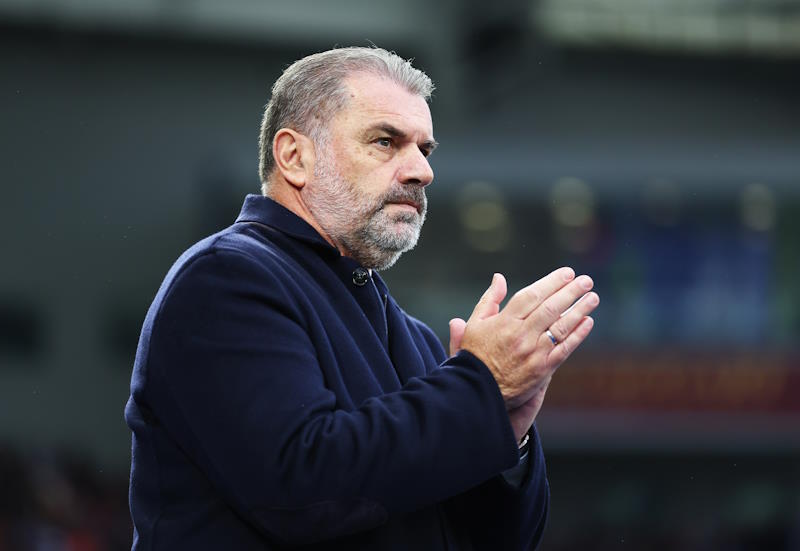
Scott Musgrave
There is much happening in Australian football at the moment, and plenty of questions over just what the current situation is and more importantly, what the future holds for the Socceroos and the country's bid for the 2018 and 2022 World Cup.
After their first foray through Asian World Cup qualification, the Socceroos have booked their spot at next year's tournament in South Africa with a perfect record in their group, not losing a game, and keeping many clean sheets in the process. The final game of the campaign, a dead rubber against Japan, summed up Australia’s fortunes as they came back from a Tulio Tanaka header to go one ahead, after another Tim Cahill inspired performance as he netted a brace. In an almost identical set-up to the World Cup finals of 2006, Australia went one down in the first half, only for the man of the moment, Tim Cahill, to pop up with the goals to get them over the line.
The qualifying campaign started early on against Asian champions Iraq, Qatar and China. A relatively tough group, but after convincing victories against Qatar and a win at home against Iraq, Australia were through to the next round with the unlikely addition of their Qatari comrades.
The long slog of qualification took its toll on many players and other options had to be assessed. Craig Moore came out of international retirement to partner Lucas Neill in defence and the injury of Brett Emerton forced a rethink for Dutch tactician Pim Verbeek. The unlikely hero was Chris Coyne, former captain of Luton Town and now of English third-level Colchester United. After the obvious failing of Jade North and Michael Beauchamp in the centre of defence, the gamble on the experienced Coyne largely paid off, and he proved to be a stalwart at the back with Lucas Neill, aiding in the amazing run of clean sheets in the next qualifying group.
The return to fitness and form of Harry Kewell, so obviously rejuvenated at new club Galatasaray, proved to be decisive in many of the Socceroos games as he proved to be an inspiration on the pitch and even chipped in a few goals for good measure.
Goals were at a premium for the majority of the campaign however, as the Socceroos struggled in front of the net at times and often simply played route one football to lanky striker Josh Kennedy. With the top scorer of the Scottish Premier League up front in Scott McDonald, it is hard to fathom why goals were so hard to come by. Seemingly, McDonald is unable to effectively play in the system predominantly used by Pim Verbeek.
However, experiments continued with McDonald partnering ‘Jesus’ Kennedy in a front two, as previously seen in the Youth World Cup, to no avail. McDonald, at the time of writing, has yet to score for the Socceroos in 13 appearances. Although the experiment has failed, the option of having a different kind of striker on the bench who runs the line rather than holds up the ball could be a useful one for Verbeek to have.
The ever present, evergreen goalkeeper, Mark Schwarzer continually impressed coming off an outstanding season with Premier League side Fulham, and at 36 years old the veteran doesn’t seem like stopping any time soon. Fulham's number one made crucial saves to keep Australia in with a shout and his clean sheet record was the envy of the best custodians in the world. Schwarzer’s ever presence at the back has given his, at time inexperienced, defenders the confidence they need as a unit.
 The biggest concern currently occupying the Australian media have been the tactics of Asian veteran Pim Verbeek. The Dutchman has drawn criticism from all quarters for his team's style of play. Under Guus Hiddink, the Socceroos were not only a strong team, but a good footballing side, playing precision passes in a quick short-passing game. Verbeek in contrast has been prone to going route one through target man Josh Kennedy and sometimes leaving the attack a little predictable, particularly at set-pieces.
The biggest concern currently occupying the Australian media have been the tactics of Asian veteran Pim Verbeek. The Dutchman has drawn criticism from all quarters for his team's style of play. Under Guus Hiddink, the Socceroos were not only a strong team, but a good footballing side, playing precision passes in a quick short-passing game. Verbeek in contrast has been prone to going route one through target man Josh Kennedy and sometimes leaving the attack a little predictable, particularly at set-pieces.
Certainly, it must be taken into account that it is Verbeek’s job to get Australia qualified to the World Cup and he does not necessarily have to play attractive football in the process. His critics would argue an unwillingness to change his formation has cost Australia in terms of style points with Kennedy, although a relatively effective striker, very much a one trick pony in that he is effective only in the air. Kennedy can be complemented with an effective attacking midfielder such as Tim Cahill. However, with Cahill’s injuries and Verbeek's general unwillingness to play the Everton man for the full 90 minutes, this hasn’t been the case.
Brett Holman was regularly called up to play the role behind the big striker, but without making much of an impression. A good harrier of the man in possession and a good workhorse, he hardly seems to show the kind of technical ability that earned him a domestic Eredivsie transfer to AZ Alkmaar last summer from NEC Nijmegen. Holman's inability to transfer his domestic form to the international arena has raised many eyebrows as to whether or not he even deserves a role in the squad, let alone the starting line-up.
Although the tactics of Verbeek can be questioned, the Australians certainly play a lot better against quality opposition. In games against Japan and friendlies against Ghana and the Netherlands, the Australians rose to the challenge and played good, effective football when it was most needed.
Maybe that is what Verbeek and the Socceroos are good for. Big games and big occasions. The same could be said of Verbeek’s South Korean team in the most recent Asian Cup. That team played rather unattractively and appeared disjointed at times, but nevertheless Verbeek led the team to a respectable, if slightly unexpected, third place at the expense of Japan.
The relative success of the Socceroos can only help the team and Australia as a country in the future. Frank Lowy, the incumbent chairman of the board at Football Federation Australia, has confirmed a bid for the great southern land to become World Cup hosts in either 2018 or 2022. With Australia’s pedigree in hosting major international events the bid looks sound for Asia’s premier country to take the World Cup back to the Asian Confederation. The question of ‘when’ however is of much debate with many thinking a bid for 2018 is a little optimistic considering the tournament will have then been outside of Europe for three seasons if successful.
The only things left for Australia to do is assess their stadia limits and look at travel arrangements. Many of their grounds do not hold the obligatory amount FIFA require, and they must also somehow make travel more affordable over the expansive country.
Things look good for a 2022 bid but 2018 is a bit optimistic, with Europe almost certainly ready to see the return of the World Cup to football's richest continent.
Australian football is riding a high at the moment and thanks to the Socceroos and the organisation of the FFA, it looks certain to continue.
Related Articles:
- – Coup for A-League with Liverpool Legend Fowler
- – Jason Culina Returning from PSV as True Patriot
- – Nomad Still Going Strong: Alex Duric

